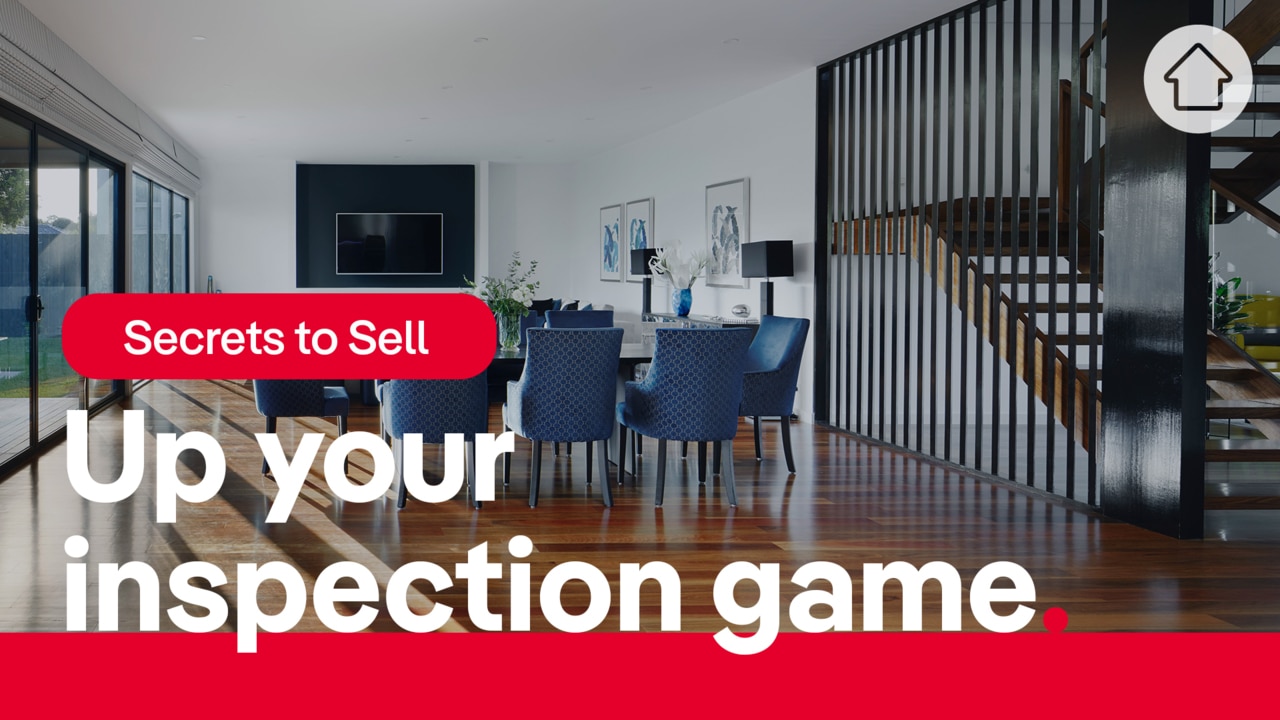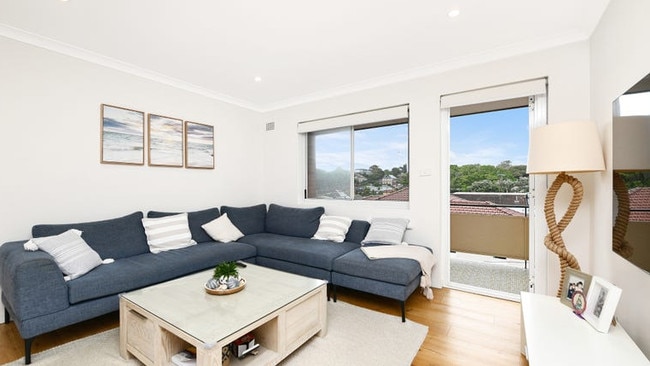Interactive: what it now costs to live in your Sydney suburb after rent rises of up to $633 a week
Average rents have risen by up to $633 per week in some Sydney suburbs, but new laws aren’t helping, experts argue. See how much rents have risen in your suburb with our interactive

Property
Don't miss out on the headlines from Property. Followed categories will be added to My News.
Tenants in nearly 150 Sydney suburbs are paying over $100 a week more in rent than they were last year in what housing market observers are calling the biggest rental crisis this century.
And recently introduced legislation has been worsening the problem, some housing experts argue.
Exclusive PropTrack data showed median rents climbed 50 per cent in some suburbs, led by beach locale Clovelly, where new tenants were being squeezed for an average of $633 a week more than a year ago.
The Clovelly house rent increases over the full year totalled nearly $32,000, or roughly the price of a brand new mid-level car.
There were also substantial rent rises – of $250-$525 per week – in eastern suburbs Pagewood, Queens Park and Little Bay, along with north shore suburbs Riverview, Middle Cove and McMahons Point.

The biggest house rental rise among areas more than 15km west of the Sydney CBD was in Melrose Park in the Ryde region. The median house rent increase was about $218 per week.
It comes as the supply of available rental listings dropped by nearly 40 per cent over the past year while tenant demand, fuelled by higher immigration, continued to rise.
PropTrack economist Angus Moore said the extreme rental supply shortages were born from years of housing construction backlogs and various Covid-era trends that further depleted rental numbers.
MORE: Byron prices plummet in ‘reverse Hemsworth effect’
“During the early pandemic in 2020 many investors sold their properties and very few were buying. That’s left us with fewer rental properties,” he said.
“What happened next was that rental households got smaller. Share houses broke up. Instead of one four-person share house, we had three more people wanting units.
“That caused the market to start getting really tight in 2022. Since then, borders reopened and with more migrants has come more demand.”
Developer bankruptcies and a shortening pipeline of new construction projects indicated there would be no major increase in new supply to address housing shortages “any time soon”, Mr Moore said.
Real Estate Institute of NSW chief executive Tim McKibbin said chronic supply shortages, primarily the result of years of underbuilding, have been exacerbated by “anti-landlord legislation”.
These policies – including the introduction of no-grounds terminations, removing landlords’ rights to refuse pets, and proposed rent price caps – were a disincentive for investors to buy or keep rental properties, especially given they were already paying much higher mortgage rates, Mr McKibbin said.
“As the election nears, the anti-landlord announcements have gathered momentum, presumably to win favour with voting tenants,” he said.

“Yet the impact of those announcements is making choices available to these hopeful tenants much narrower … Investors are being driven from the market, leaving even fewer choices for tenants desperately searching for a home to rent.”
Mr McKibbin said measures such as the recent ban on no grounds terminations and proposed price caps, while appearing to be a win for tenants at first glance, would actually hurt them instead by depleting supply.
“Investors have the option to liquidate their property investments into other vehicles where they are not losing control,” he said.
“We need to remember that before someone can be a tenant, you need someone to be a landlord. With landlords being squeezed from the market, the queues down the street at opens are getting longer.”


Renter Danyal Diallo, 20, recently discovered just how cutthroat the Sydney rental market was after moving from Canberra.
He scoured the market in six suburbs facing queues of 10-15 renters at each share house.
“I visited 15 locations and some of those I saw the amount of people and thought, no chance,” he said. “The rent was so high too.”
Director of sales at Upside Realty James Kirkland said he expected renters to explore creative ways of becoming first homebuyers. “They want that security,” he said. “The concern around increased rental prices has been such a major issue.”
More Coverage
Originally published as Interactive: what it now costs to live in your Sydney suburb after rent rises of up to $633 a week





